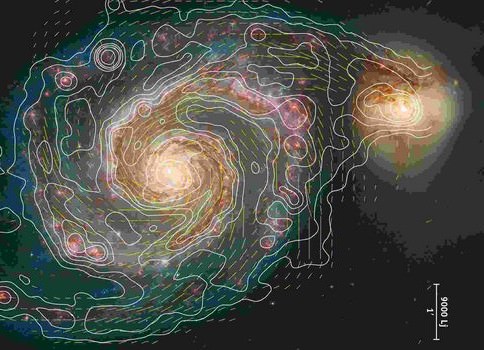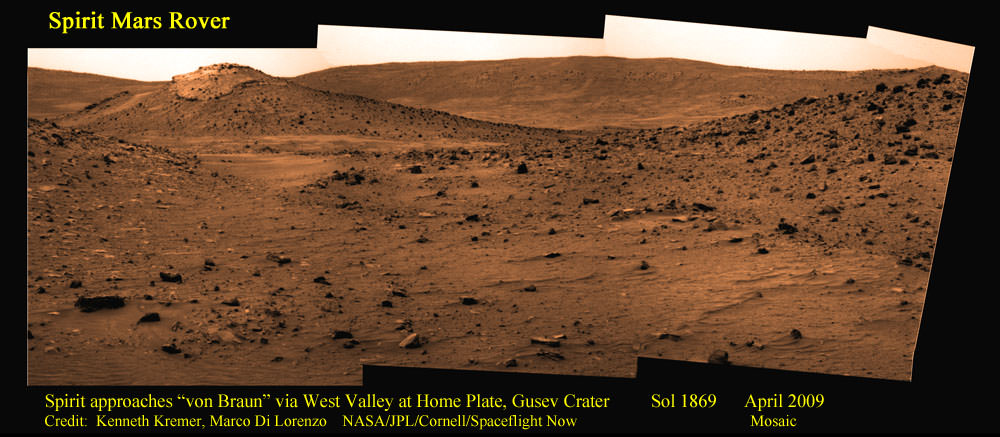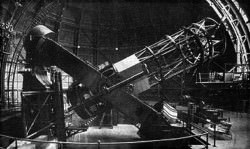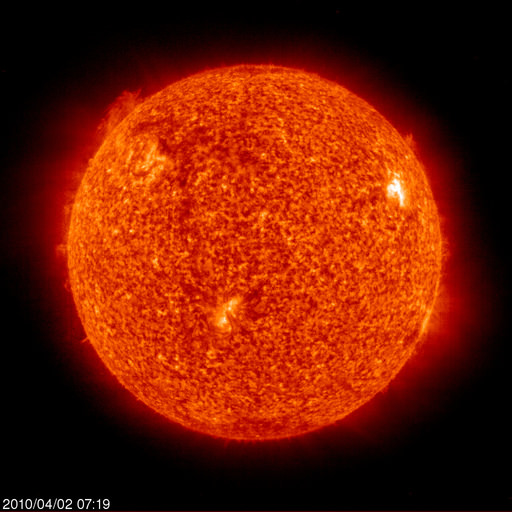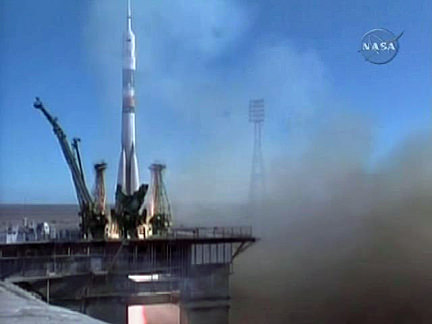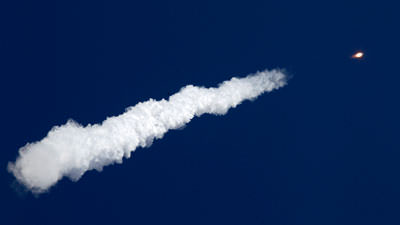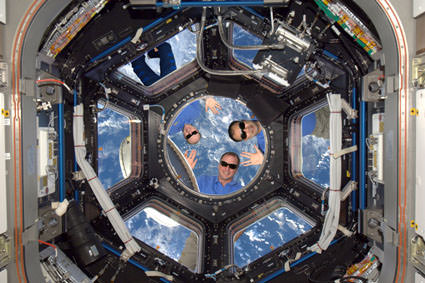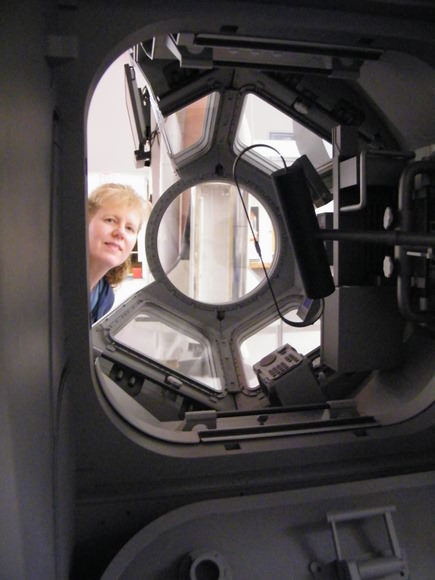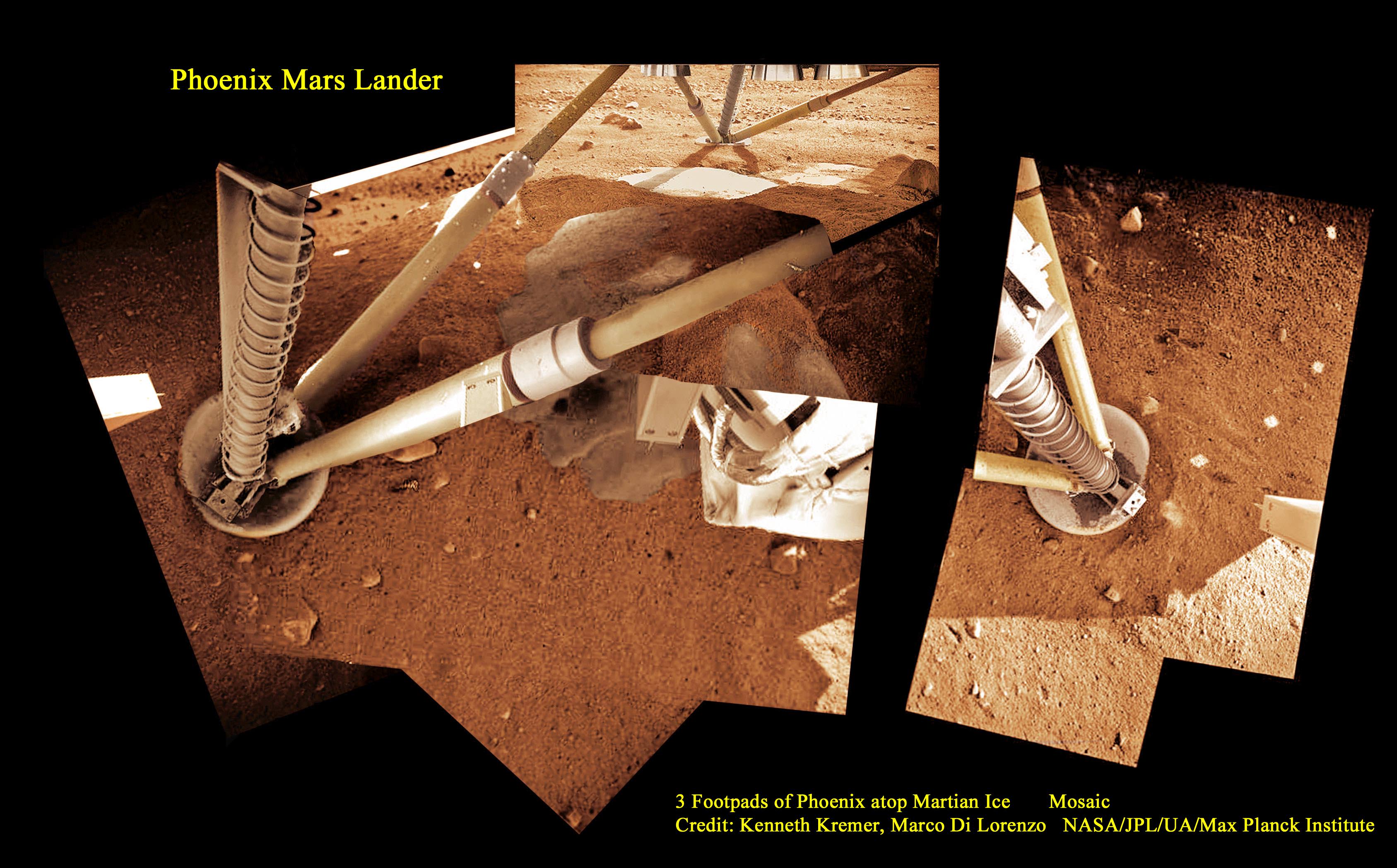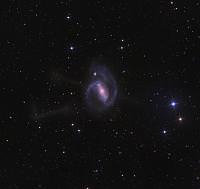[/caption]
That spiral galaxies have magnetic fields has been known for well over half a century (and predictions that they should exist preceded discovery by several years), and some galaxies’ magnetic fields have been mapped in great detail.
But how did these magnetic fields come to have the characteristics we observe them to have? And how do they persist?
A recent paper by UK astronomers Stas Shabala, James Mead, and Paul Alexander may contain answers to these questions, with four physical processes playing a key role: infall of cool gas onto the disk, supernova feedback (these two increase the magnetohydrodynamical turbulence), star formation (this removes gas and hence turbulent energy from the cold gas), and differential galactic rotation (this continuously transfers field energy from the incoherent random field into an ordered field). However, at least one other key process is needed, because the astronomers’ models are inconsistent with the observed fields of massive spiral galaxies.
“Radio synchrotron emission of high energy electrons in the interstellar medium (ISM) indicates the presence of magnetic fields in galaxies. Rotation measures (RM) of background polarized sources indicate two varieties of field: a random field, which is not coherent on scales larger than the turbulence of the ISM; and a spiral ordered field which exhibits large-scale coherence,” the authors write. “For a typical galaxy these fields have strengths of a few μG. In a galaxy such as M51, the coherent magnetic field is observed to be associated with the optical spiral arms. Such fields are important in star formation and the physics of cosmic rays, and could also have an effect on galaxy evolution, yet, despite their importance, questions about their origin, evolution and structure remain largely unsolved.”
This field in astrophysics is making rapid progress, with understanding of how the random field is generated having become reasonably well-established only in the last decade or so (it’s generated by turbulence in the ISM, modeled as a single-phase magnetohydrodynamic (MHD) fluid, within which magnetic field lines are frozen). On the other hand, the production of the large-scale field by the winding of the random fields into a spiral, by differential rotation (a dynamo), has been known for much longer.
The details of how the ordered field in spirals formed as those galaxies themselves formed – within a few hundred million years of the decoupling of baryonic matter and radiation (that gave rise to the cosmic microwave background we see today) – are becoming clear, though testing these hypotheses is not yet possible, observationally (very few high-redshift galaxies have been studied in the optical and NIR, period, let alone have had their magnetic fields mapped in detail).
“We present the first (to our knowledge) attempt to include magnetic fields in a self-consistent galaxy formation and evolution model. A number of galaxy properties are predicted, and we compare these with available data,” Shabala, Mead, and Alexander say. They begin with an analytical galaxy formation and evolution model, which “traces gas cooling, star formation, and various feedback processes in a cosmological context. The model simultaneously reproduces the local galaxy properties, star formation history of the Universe, the evolution of the stellar mass function to z ~1.5, and the early build-up of massive galaxies.” Central to the model is the ISM’s turbulent kinetic energy and the random magnetic field energy: the two become equal on timescales that are instantaneous on cosmological timescales.
The drivers are thus the physical processes which inject energy into the ISM, and which remove energy from it.
“One of the most important sources of energy injection into the ISM are supernovae,” the authors write. “Star formation removes turbulent energy,” as you’d expect, and gas “accreting from the dark matter halo deposits its potential energy in turbulence.” In their model there are only four free parameters – three describe the efficiency of the processes which add or remove turbulence from the ISM, and one how fast ordered magnetic fields arise from random ones.
Are Shabala, Mead, and Alexander excited about their results? You be the judge: “Two local samples are used to test the models. The model reproduces magnetic field strengths and radio luminosities well across a wide range of low and intermediate-mass galaxies.”
And what do they think is needed to account for the detailed astronomical observations of high-mass spiral galaxies? “Inclusion of gas ejection by powerful AGNs is necessary in order to quench gas cooling.”

It goes without saying that the next generation of radio telescopes – EVLA, SKA, and LOFAR – will subject all models of magnetic fields in galaxies (not just spirals) to much more stringent tests (and even enable hypotheses on the formation of those fields, over 10 billion years ago, to be tested).
Source: Magnetic fields in galaxies: I. Radio disks in local late-type galaxies

